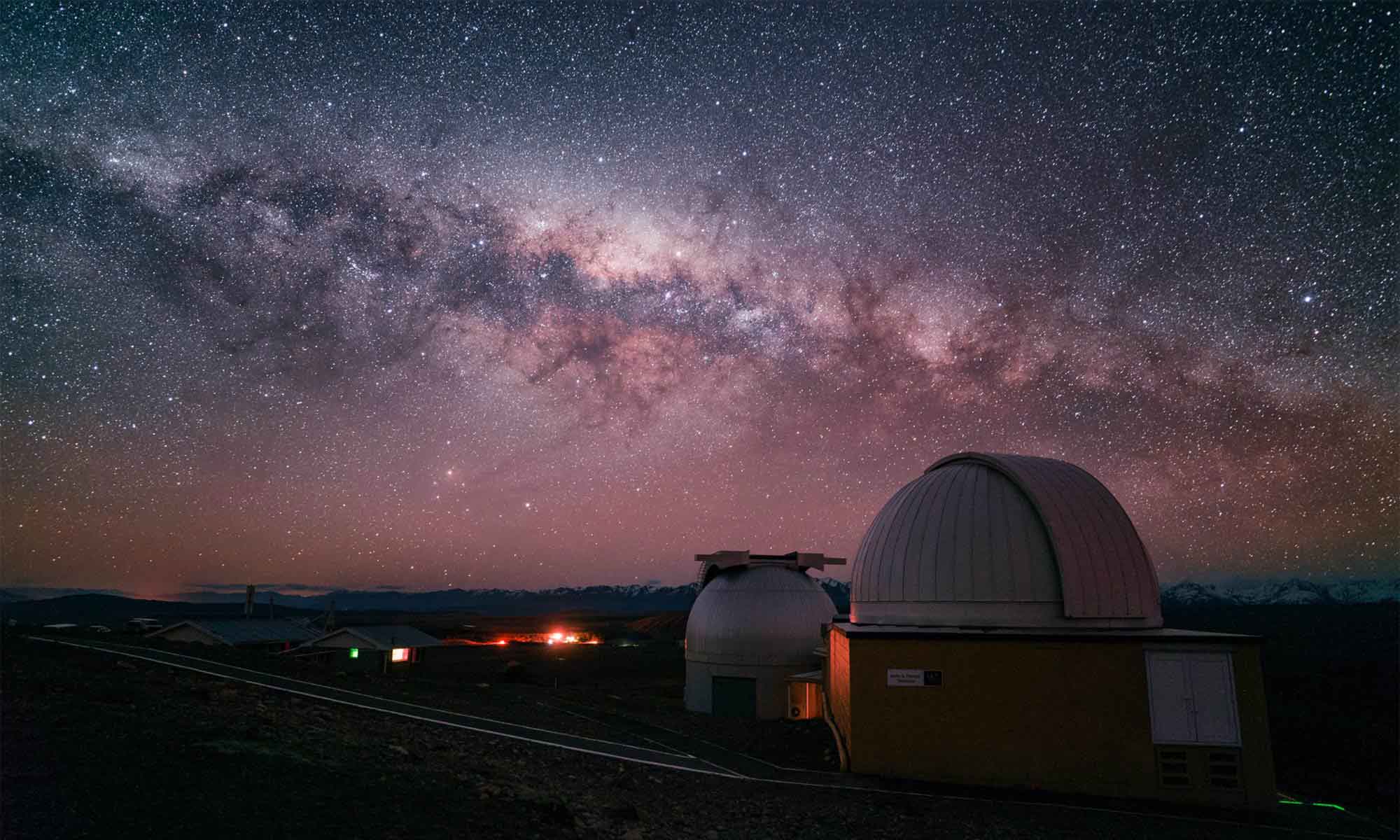A video tutorial for reducing noise in Milky Way photos with image stacking in Adobe Photoshop CS6 Extended.
Sometimes you just have to accept noisy images for your astrophotos. With astrophotography, you’re typically shooting at high ISO settings, often exceeding ISO 3200. Sometimes this is perfectly acceptable, but depending on your equipment limitations, you may be restricted to lower shutter speeds and smaller apertures where signals are low and noise is high. This video will show you what I do in those situations.
There are a variety of methods for noise reduction including built-in camera settings and noise reduction post processing algorithms such as the ones available in Adobe Lightroom. Let me start by saying that the noise reduction capabilities of Adobe Lightroom and the Nik Dfine 2 plug-in are nothing short of amazing. If you are not already using Lightroom as your RAW processor, you should highly consider it.
But there are times where your equipment is just too limiting and no matter what you do, the noise just plain terrible. This is where image stacking makes a huge difference in reducing noise in your images. The averaging of even 4 or more separate exposures will do wonders to images that you might have abandoned otherwise. Image stacking is pretty much what all astronomers use for their deep sky images.
Landscape astrophotography presents some challenges with image stacking methods though because we have to deal with relative motion of the stars to the ground. In this video lesson, I show you how I use image stacks of smart objects with a median statistics filter in Adobe Photoshop CS6 to reduce noise in my astrophotos.

Dear Ian!
I am planning to buy a Sony A5000. I am obsessed with astronomy so i would like to take a lot of night sky pictures as well. The problem is that I heard that you can not turn off noise reduction on the A5000. I dont really know what does it mean for astrophotography. People suggested that i should buy the A6000 because it is possible to turn the Nr off on that model. Since I am a college student I dont have more money to spend to a camera. So could you help me, is it a huge dealbreaker, or its just fine. (I was thinking picking up the Nikon 1 j5 sincs its the same price with Nr settings, but i like sony products, and i heard that the a5000 does a better job in low light)
Thank you for help!
Hi Peter,
Did you get your answer to the question of noise reduction on the A5000 Sony DSLR?
Hey Ian, thanks for sharing all your knowledge. One question, do you make any edits to the individual files in lightroom before exporting to PS. EG. Lens profile/distortion corrections, chromatic abberation, exposure settings/contrast/clarity?
Or is it best to do all these once the stack has been aligned and noise reduction applied in PS and sent back to lightroom?
Thanks!
Hey Ian, love your work. very helpful. Question; when I do a median stack mode on my sky, I get just a blur like you get when you are doing your background stack mode. therefore I can’t paint the stars back in as the sky is the same in both images?? i don’t know what Im doing wrong? any ideas? many thanks
Check out my updated tutorial with manual alignment for when auto-alignment fails.
Hey! You are one of my greatest inspiration in astrophotography. I’m just starting out. I ran into a problem in which whenever I try to merge the photos into one, they just turn into one long canvas with multiple exposures. Am I doing something wrong? I don’t want to manually align the images since I did a 20+ images for an Orion stacked image.
Thanks in advance!
Hey Ian,
Big fan of your tutorials. I’m trying to do this one and am running into a little problem that I’m hoping you can help with. When I follow the steps, everything is looking good up until I have two smart objects (foreground and sky). In aligning the sky layers and converting to a smart object, photoshop changes the rotation of the picture slightly, and I can’t seem to get it to align with my foreground smart object, which in turn makes for sloppy and off masking. Any tips on getting these 2 smart objects to align before starting the mask?
Thanks
I’ve experimented with this process a few times now and I am just not succeeding!
I’ve tried shots with and without the milky way in it and everyvtime it just blurs the sky to a grey mess, with the milky way, the milky way stays visible but the rest of the sky just blurs! What am I doing wrong!?
Halie, check out my updated video to address your problem: https://www.lonelyspeck.com/milky-way-exposure-stacking-with-manual-alignment-in-adobe-photoshop/